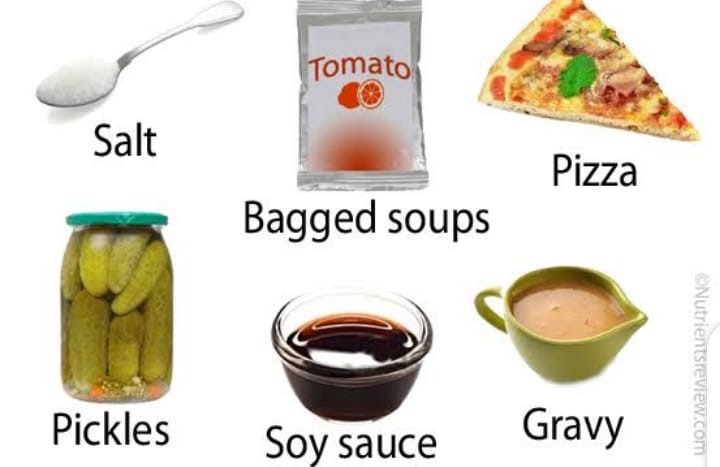EATING RIGHT
In the 1980s and 1990s, the prevalence of childhood obesity rapidly increased, drawing attention to young children’s excessive consumption of calorie-dense, nutrient-poor foods and beverages, as well as their lack of physical exercise. Despite recent evidence that obesity rates have stabilized, several public health issues persist.
The same concepts that underpin adult nutrition also apply to nutrition for children. The same nutrients, such as vitamins, minerals, carbs, protein, and fat, are required by everyone. However, children’s needs for various nutrients vary depending on their age and as advised by a dietician.
Take a look at these nutrient-rich foods:
Protein: Choose seafood, unsalted nuts and seeds, lean meat and poultry, eggs, beans, peas, and soy products.

Fruits: Instead of fruit juice, encourage your youngster to eat a variety of fresh, canned, frozen, or dried fruits. If your youngster consumes juice, be sure it is made entirely of juice and contains no additional sweets. Fruit in cans labeled as light or packed in its own juice has a lower added sugar content. Remember that one-quarter cup of dried fruit is equivalent to one cup of fruit. Dried fruits can add extra calories if eaten in excess.

Vegetables: Various fresh, canned, frozen, or dry veggies should be offered. Each week, try to offer a variety of veggies, such as dark green, red, and orange ones, beans, peas, starchy ones, and others. Choose canned or frozen vegetables with lower sodium content.

Grains: Pick whole grains like brown or wild rice, quinoa, popcorn, whole-wheat bread, oatmeal, or popcorn. Reduce your intake of refined grains such as white bread, pasta, and rice.

Dairy: Your child should be encouraged to consume fat-free or low-fat dairy products such as milk, yogurt, cheese, and fortified soy beverages.
It is important to note that your child’s calories should be restricted from:

Excess Sugar: Cut back on added sugars. Natural sugars, such as those found in milk and fruit, are not added sugars. Brown sugar, honey, corn syrup, and other sweeteners are examples of added sugars. Look at the nutrition facts. Pick cereals with little to no added sugar. Avoid consuming sugar-sweetened beverages, including soda, sports, and energy drinks.

Finally…
Sodium: The majority of American children consume too much sodium regularly. Instead of chips and cookies, suggest munching on fruits and veggies. Examine nutrition labels and seek out products with minimal salt content.




Add Comment